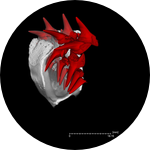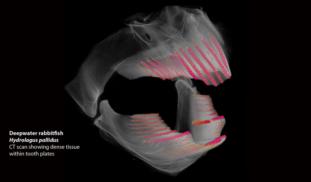Please wait...
About This Project
The chimaeras (ghost sharks and spookfish) are a group of often deep sea fishes related to the sharks and rays. Unlike sharks, chimaeras have large, continuously growing tooth plates. These tooth plates have a very different structure to the teeth of sharks, or indeed any other fish. Within the teeth are sheets, rods and 'beads' of hard material that forms the cutting and biting surfaces. We shall be investigating the structure and development of these teeth and relating it to teeth of sharks.
More Lab Notes From This Project

Browse Other Projects on Experiment
Related Projects
The End of an Era: Resolving the dinosaur extinction and the beginning of the "Age of Mammals" in Northwest Argentina
The extinction of non-avian dinosaurs 66 million years ago paved the way for the "Age of Mammals", but the...
Tooth plates in chimaeras and their relationship to teeth in sharks
The chimaeras (ghost sharks and spookfish) are a group of often deep sea fishes related to the sharks and...
Mastodons of Unusual Size: Exploring variation in American mastodon populations
American mastodons lived all across North America during the Ice Age. Paleontologists long suspected that...





